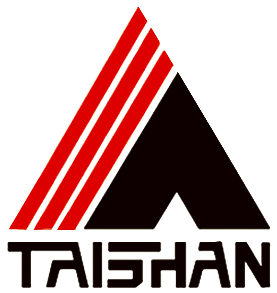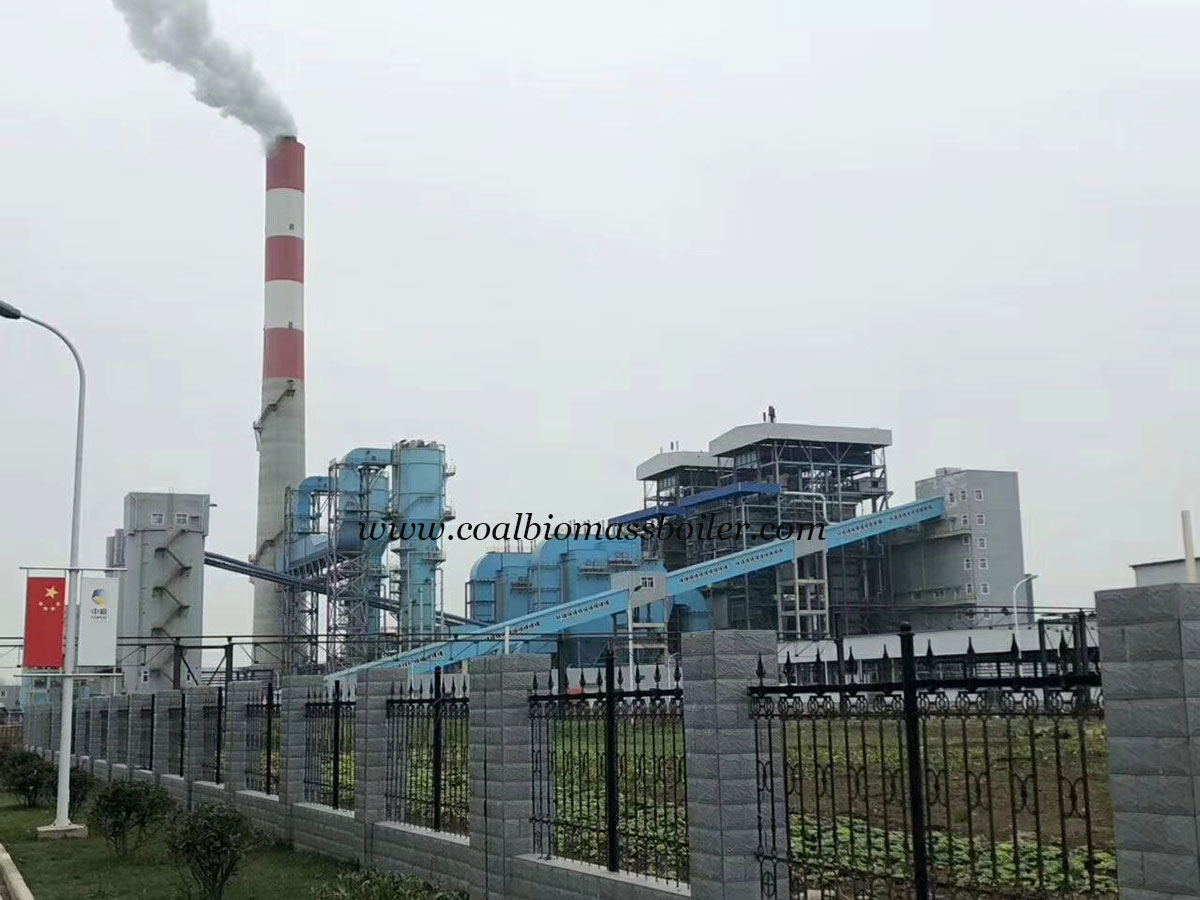260tph CFB boiler features wide load range and strong fuel adaptability. The furnace temperature is 850-900℃, equipped with primary air and secondary air, which can greatly reduce the emission of NOx. One thermal company built three 260tph CFB boilers and two 130t/h CFB boilers, and the steam supply capacity is 650t/h.
The design parameters of 260tph CFB boiler
|
No. |
Item |
Unit |
Value |
|
1 |
Rated capacity |
t/h |
260 |
|
2 |
Superheated steam pressure |
MPa |
9.8 |
|
3 |
Superheated steam temperature |
℃ |
540 |
|
4 |
Feed water temperature |
℃ |
158 |
|
5 |
Exhaust flue gas temperature |
℃ |
131 |
|
6 |
Design efficiency |
% |
92.3 |
The coal composition analysis
|
No. |
Symbol |
Unit |
Value |
|
1 |
Car |
% |
62.15 |
|
2 |
Har |
% |
2.64 |
|
3 |
Oar |
% |
1.28 |
|
4 |
Nar |
% |
0.82 |
|
5 |
Sar |
% |
0.45 |
|
6 |
Aar |
% |
24.06 |
|
7 |
Mar |
% |
8.60 |
|
8 |
Vdaf |
% |
8.55 |
|
9 |
Qnet.ar |
kJ/kg |
23,420 |
The furnace adopts a full-suspended membrane wall structure. Four pieces of superheated steam screens and five pieces of water-cooled evaporation screens are in the furnace. Two high-temperature cyclone separators are between the furnace and tail flue duct, and SNCR is at the inlet of separator. Each cyclone separator has a return feeder. High temperature superheater, low temperature superheater, economizer and air preheater are in the tail flue duct in turn. Economizer adopts staggered arrangement of bare tubes with SCR in the middle.
Ultra-low SO2 emission of 260tph CFB boiler
CFB boilers usually adopt in-furnace desulfurization plus tail semi-dry desulfurization equipment. Finally, we decide to set only one wet desulfurization equipment at the outlet of dust collector. Actual operation shows that when SO2 concentration in the flue gas entering desulfurization tower is 1500mg/m3, SO2 emission is 15mg/m3.
Effective denitrification of 260tph CFB boiler
From 2016 to 2018, our researchers visited several 130~220t/h CFB boilers in operation, and conducted field test. NOx emission is mainly relevant to coal type, operating temperature, excess air coefficient, classified air supply and cyclone efficiency.
Coal type: high nitrogen content in the fuel will lead to high NOx production in combustion. Coal with high volatile matter, such as lignite, will result in high NOx emission.
Furnace combustion temperature: 850~870℃ is the lowest reaction range for NOx generation, and when it exceeds 870℃, NOx emission will increase. It is reasonable to control the furnace temperature at 880~890℃.
Excess air coefficient: the less oxygen in the furnace, the less NOx is generated. However, excessive reduction of oxygen will lead to increase of carbon content in fly ash and CO content, which will lead to decrease of efficiency. When the oxygen content at furnace outlet is 2%~3%, NOx generation is small, and combustion efficiency is high.
Classified air supply: about 50% air enters the furnace from the lower part of furnace. Since the lower part is in a reducing atmosphere, NOx is reverted to N2 and O2, which inhibits NOx generation. Rest 50% combustion air is from the upper part of combustion chamber.
Design criterion of 260tph CFB boiler to reduce NOx emission
1. Control the combustion temperature at 880~890℃ by reasonable furnace heating surface.
2. Optimize the ratio and arrangement of primary air and secondary air, and 45% air as primary air enters the lower part of furnace. The rest 55% air enters from the upper part as secondary air.
3. The inlet of secondary air shall be heightened to ensure that the lower part is a strong reduction zone.
4. Determine the total air volume based on oxygen content of 2%~3% in the flue gas.
5. Adopt new type high-efficiency cyclone separator. Optimized inlet structure increases the ratio of fine particles and makes the flue gas temperature more uniform.
Post time: Nov-23-2021



